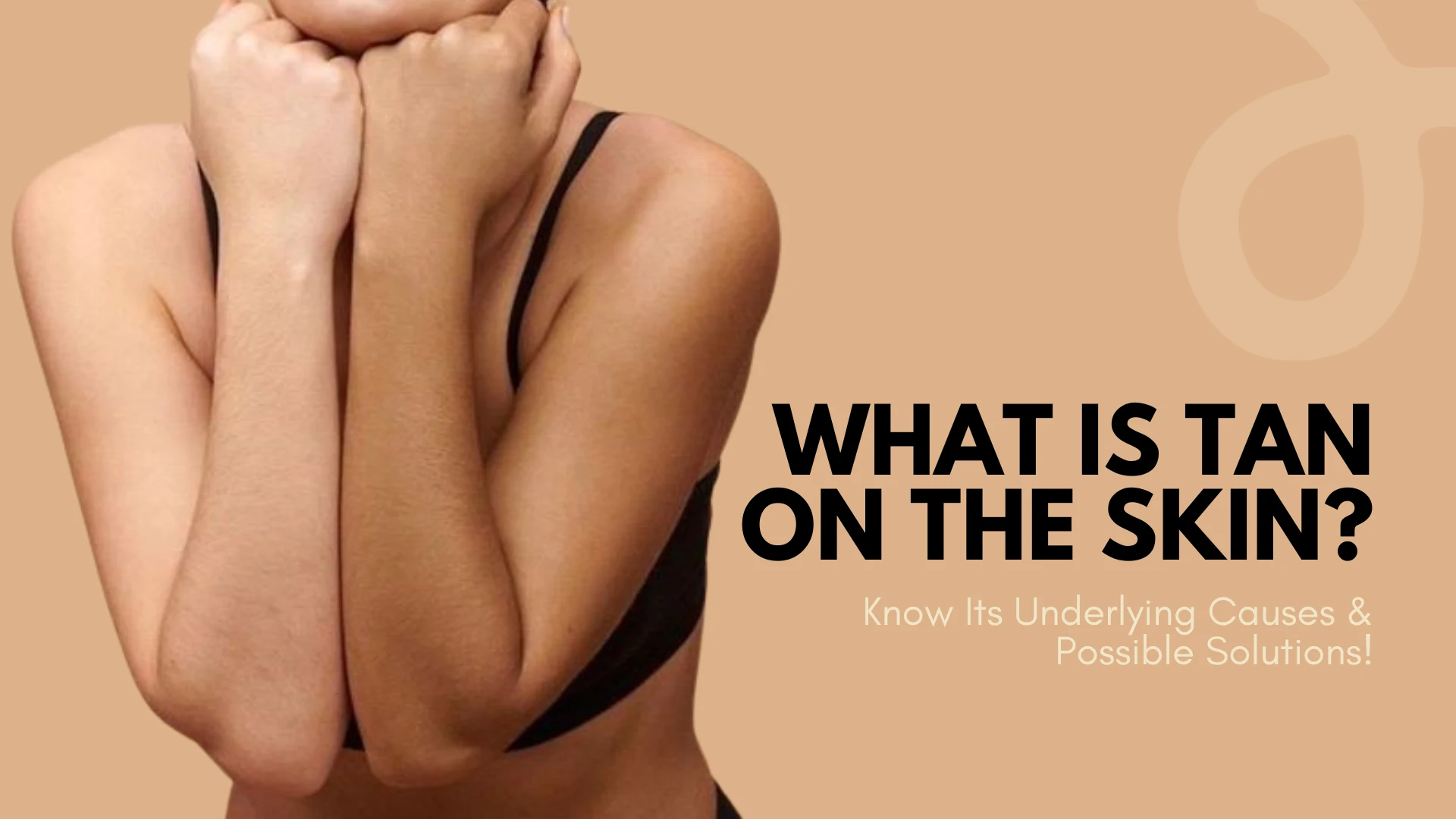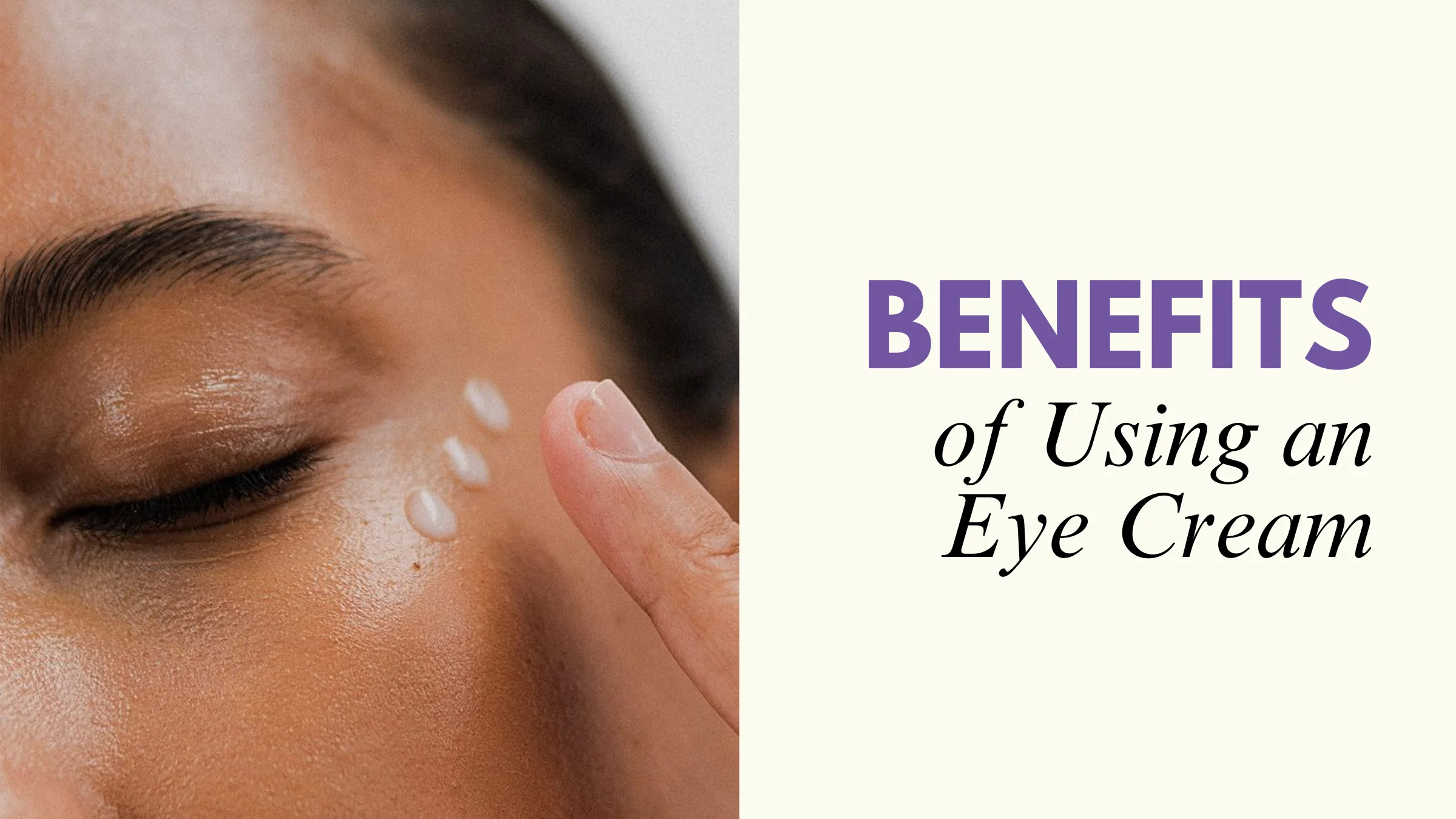Table of Contents
Imagine bathing in the sun with a little warmth on your skin and coming back home with a subtle tan—sounds like a perfect summer plan, right? While tanning might appear like a wholesome trend and a yearly summer ritual, it’s more than just a complexion change–it’s your skin’s SOS signal. A tan is the skin’s defense mechanism, which is evidence of possible skin damage caused by harsh UV radiation.
Let’s explore the BTS to reveal causes of tanning on face and ways to escape it.
What is the Tanning of skin?
Regular and intense exposure to ultraviolet (UV) rays from the sun causes darkening of the skin, which is called tanning. UV rays penetrate the skin to stimulate melanocytes and produce more melanin. For the uninitiated, melanin is the pigment responsible for your skin color and acts as a protective layer, absorbing harmful UV radiation. While melanin provides temporary defense, long-term exposure can lead to serious damage to the skin.
Effects of Tanning on Skin Health
Photo aging
Long-term UV exposure stimulates photoaging, a process where ultraviolet radiation breaks down collagen and elastin fibers in the skin, leading to wrinkles and saggy skin. Sun exposure accounts for up to 90% of visible signs of aging, including fine lines and uneven texture.
Hyperpigmentation
Persistent UV exposure triggers melanin overproduction, which results in uneven skin tone, dark spots, and hyperpigmentation. Chronic sun damage also disrupts the cell turnover process, trapping pigment deeper in the skin and making discoloration difficult to reverse.
Skin Cancer Risks
UVA rays dive deep into the dermis, generating free radicals that sabotage your skin’s repair systems. Over time, these mutations pile up, increasing the risk of cancerous transformations. As per the National Library of Medicine, even a few occasional sunburns can double your risk of melanoma in life.
Possible Solutions for Managing or Reversing Tan
1. Prevention Is Key
Regardless of the weather, a broad-spectrum sunscreen with SPF 35 or more is your ride or die to shield your skin from harmful UV rays. Additionally, pair your sunscreen with other protective measures like a hat and sunglasses whenever you’re outdoors..
2. Exfoliation
Exfoliate regularly 1-2 times a week using Chemical exfoliants like glycolic acid or lactic acid to remove dead skin cells and speed up the fading of tan skin.
3. Skin-brightening Ingredients
Look for skincare products containing Vitamin C or retinol. These active ingredients work effectively to brighten your complexion and reduce pigmentation caused by tanning.
4. Skin tanning Treatments
In case of persistent tan, dermatological procedures such as chemical peels and laser therapy are highly effective in combating stubborn tan lines and pigmentation by targeting the deeper layers of the skin.
5. Hydration & Recovery
Keep your skin high on hydration by using moisturisers with hyaluronic acid or aloe vera. These potent ingredients not only provides intense hydration but also support the skin’s barrier to aid recovery after sun exposure.
Common Mistakes to Avoid
- Skipping SPF: Even short-term exposure to the sunlight can lead to cumulative skin damage over time. Never skip your sunscreen even on cloudy days and reapply every two hours when outdoors, especially after sweating or swimming.
- Relying on homemade remedies: While DIY remedies are fun and may provide minor benefits, they are not effective for reversing deep tanning or addressing significant pigmentation. Opt for science-backed and clinically proven treatments tailored to your skin type.
- Overexfoliation: Excessive scrubbing will disrupt your skin barrier, leading to irritation and worsening of pigmentation. Limit exfoliation to one or twice only with gentle chemical exfoliators.
- Ignoring Patch Tests: Always test new skincare products on a small area before applying them broadly to avoid adverse reactions.
Conclusion
Tanning is more than just a sun-kissed glow —it’s a clear indicator that your skin is suffering from within due to sun damage. To safeguard your skin from UV rays, adopt these expert-approved preventive measures to reverse tanning effects, and seek professional treatments if necessary. Remember, a healthy complexion is not defined by its color but by how well it is cared for.
FAQ
1 What is the Tanning of skin?
Tanning is a natural process that refers to the darkening of the skin in response to exposure to ultraviolet (UV) radiation from the sun.
2 What causes tanning of the skin?
Tanning is the skin’s defense mechanism, where skin cells produce more melanin due to exposure to ultraviolet (UV) radiation from the sun or artificial tanning beds.
3 What is the reason for tan skin?
Frequent or intense exposure to sunlight without sunscreen causes tan skin.
4 How to get rid of a tan on the face?
Exfoliate regularly twice a week with gentle chemical exfoliants to get rid of tan on face. Also, apply generous amount of sunscreen daily.
5 What disease causes tan skin?
Addison’s disease is a condition that is known to cause hyperpigmentation, sometimes resembling a tan.
6 What deficiency causes skin tanning?
A vitamin B12 deficiency can be a significant factor in skin tanning or hyperpigmentation, particularly in individuals with darker skin tones.
Sources
https://www.starhealth.in/blog/suntan/
https://www.fda.gov/radiation-emitting-products/tanning/risks-tanning



